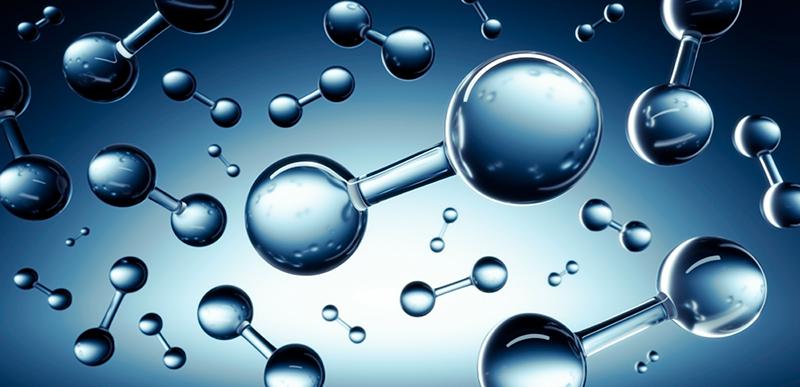On the dot – polymer nanoparticles generate hydrogen
Researchers are exploring how photocatalytic composite polymer nanoparticles – polymer dots – can produce hydrogen.

‘Inspired from the organic photovoltaic technology, we have prepared ternary polymer dots (Pdots) which consist of three components,’ says Haining Tian, Associate Professor of Physical Chemistry at Uppsala University, Sweden, namely, two conjugated polymers – PFBT and PFODTBT – based on fluorene and benzothiadiazole groups, and one small molecular acceptor – ITIC.
With the assistance of a platinum cocatalyst, the Pdots reveal both energy and charge transfer processes that occur on the timescale of sub-picosecond between the different components.
‘Each [of them] can absorb different light and all of them can almost absorb the whole visible light region. Ultrafast energy and charge transfer have been proved to occur between different components. All these can improve the light harvesting and photocatalytic efficiency and stability for hydrogen production.’
Tian discloses that the system is based on the water splitting half reaction – proton reduction. ‘Ascorbic acid is used as electron donor (also called sacrificial donor) to provide electron to the Pdots upon light illumination for photocatalysis.’
Because of the tiny size of Pdots, they are evenly distributed in water, providing a larger reaction surface area than traditional photocatalysts. This allows for the storage of more light in the form of hydrogen gas.
‘The Pdot has a large surface area and mesoporous structure which allows the charge separation at Pdots/water interface [to be] more efficient. Also, in the final photocatalytic system, no organic solvent is needed,’ describes Tian.
The researchers report the conversion of solar energy into hydrogen with a 7% efficiency rate at 600nm – improved from 0.3% at 600nm when consisting of only one component.
Using spectroscopic techniques, the team has explored how well the components work together, exposing the Pdot to light for a certain length of time to follow how photochemical intermediates are created and, under illumination, disappear.
Aijie Liu, Postdoctoral Researcher at the University, says, ‘It’s exciting to see that both ultrafast energy transfer and electron transfer take place in one particle, and that this helps the system to make use of the light and separate the charge for the catalytic process.’
Tian says the team is now ‘seeking a Pdots system for water oxidation, to make full water splitting…without use of any sacrificial agent’.







